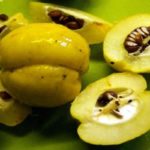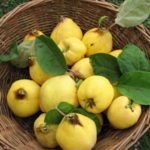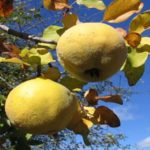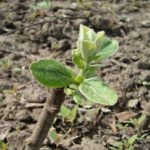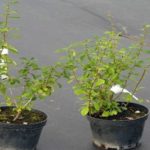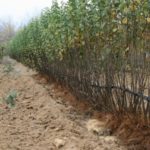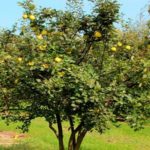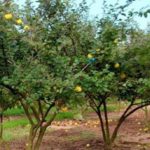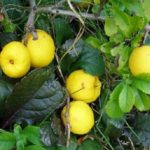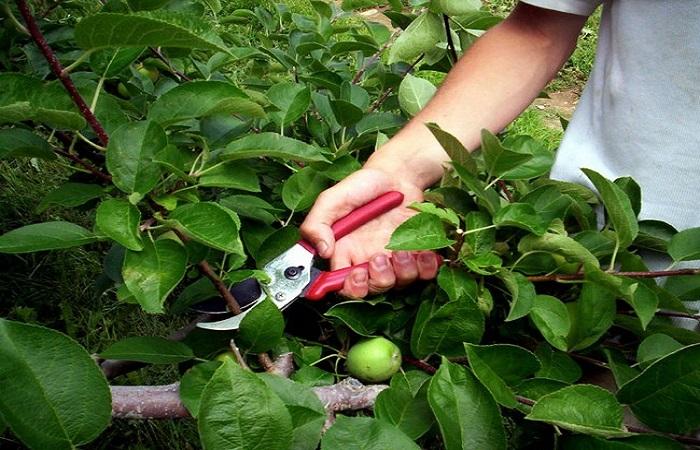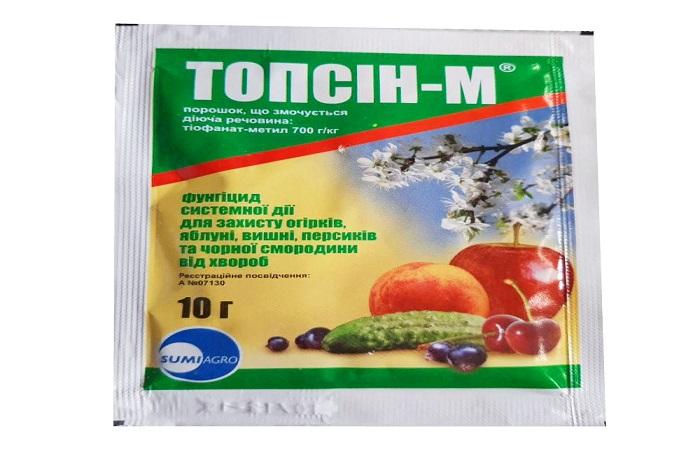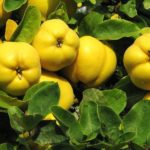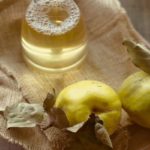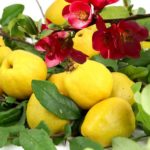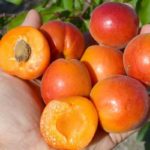Despite the fact that quince is a heat-loving crop, they are trying to grow it in the north, in particular, in the Moscow region. For this, gardeners choose the best varieties. Let's consider planting quince and caring for it in the Moscow region, the peculiarities of cultivation in the region, how to choose the timing and place of planting. How to care for planted plants, trim, shape, protect against diseases. Features of reproduction.
The best quince varieties for the Moscow region
Common quince varieties that can be chosen for growing in the country should have characteristics such as cold resistance and resistance to temperature changes, which are necessary for the plant to survive in cold climates. It is recommended to buy seedlings with a closed root system, which take root better.
The following varieties are suitable for planting in the Moscow region:
- Northern. The variety is unpretentious to climatic conditions and produces large and tasty fruits. Can be used as a rootstock for peaches and pears.
- Nutmeg. Resistant to cold and freezing, self-fertile variety. Medium-sized fruits, 200 g each.
- Teplovskaya. A late-ripening variety, the fruits have a long shelf life.
- Nikitskaya, early ripening variety, good winter hardiness, medium height tree.
Due to its cold resistance, quince in the Moscow region produces stable and annual harvests. In addition, it has acquired resistance to moniliosis, a disease that often affects trees in the southern regions.
Features of cultivation in this region
Due to the difference in climate with the southern regions, quince agricultural technology is somewhat different from the standard one.
Dates and location selection
Quince seedlings in the Moscow region are planted in spring or autumn. At the end of the season, the timing is chosen so that the seedlings are planted a month or a month and a half before the onset of a stable cold snap. In the first winter, the root zone must be covered with mulch, and the branches with agrofibre. In the spring, the time for seedlings is chosen after the snow melts, but before the ground dries completely.
Preparation of planting material
Quince seedlings for planting in the Moscow region should be 1 or 2 years old. You need to pay attention to the bark and roots of plants. The bark should be smooth, without damage, the roots should be fresh and well developed. The day before planting the seedling, you need to soak its roots in a solution of a growth stimulator; the drug helps the seedlings take root better.
Planting process
In the Moscow region, quince is grown in the form of a multi-stemmed shrub or tree. Planting pattern: 2 m in a row and 3-4 in rows. The planting sequence is as follows: dig planting holes, lower the roots of the seedlings, sprinkle them with soil, and water them. After the water is absorbed, cover the root zone with mulch.
Quince care
Like any crop, quince needs care. Trees need to be watered, fed, the crown needs to be formed during the period of increased growth, and the trees need to be prepared for winter.
Watering
In the conditions of the Moscow region, quince cannot be watered often. When there is no rain, watering is carried out once every 2 weeks, but abundantly. The culture does not like either too wet soil or too dry soil. To reduce the frequency of watering, it is recommended to cover the soil near the roots with mulch from any plant material.
Feeding and fertilizers
Feeding quince is carried out 3 times a season: before the leaves bloom, before flowering, after the formation of the ovaries. Top dressing can be organic - humus and ash, which are simply scattered near the trees; you can also use mineral fertilizers.
Trimming
The crown of a quince grown in the form of a tree is formed into a cup-shaped one; in the first year, 3-4 branches are left, which will become skeletal.Then the branches are cut so that they are almost parallel to the ground. In the future, sanitary pruning is carried out: old, drying branches, damaged by pests and diseases, and damaged by frost in the spring are removed.
Wintering
In the Moscow region, quinces need to be covered with mulch in the fall, before the onset of cold weather. The root zone is covered with straw and sawdust; the mulch layer should be at least 15 cm. To protect against sunburn in February, the trunk and main branches are whitened with lime. Newly planted trees should be completely covered with agrofibre, at least for the first winter.
Diseases and pests
To prevent the development of moniliosis, every year before flowering begins, trees should be sprayed with copper oxychloride and the preparations “Strobi”, “Topsin”, “Topaz”. Of the pests, fruits can be affected by codling moths in the early stages of ovary development, when the fruits almost begin to ripen - wasps. To combat codling moths, trees are sprayed with insecticides 1-2 times with a break of 2 weeks.
Reproduction
The best ways to propagate the crop in the Moscow region are with green and lignified cuttings; trees grown from them retain all varietal characteristics. Cuttings from the growths are cut in June, 2 internodes long. They are treated with “Kornevin” and planted obliquely in a wet mixture of sand and peat. The cuttings take root within a month.
In the fall they are transplanted to a specially designated bed. After a year, the young trees are transplanted to a permanent place. Quince from cuttings begins to bear fruit at 3-4 years.

